Константин Чайкин разрабатывает сложные часы, включая в них не только уже известные усложнения, но изобретает свои собственные, не имевшие прецедентов индикаторы и функции. Приведу несколько наиболее впечатляющих примеров. Начну со стрелочного индикатора даты предстоящей Пасхи по православной традиции, указателя аналеммы и интеллектуального индикатора запаса хода с тремя типами оповещения о запасе хода, созданных для ультра-сложных настольных часов «Московская Пасхалия» с 27 усложнениями, самых сложных часов, когда либо сделанных в России, и одних из наиболее сложных настольных часов в мире.

Затем, это турбийон, функционирующий в темпе вращения Марса и совмещённый указатель даты и дня недели марсианского календаря системы Томаса Гангале, разработанных для уникального экземпляра «Марсианского Турбийона».
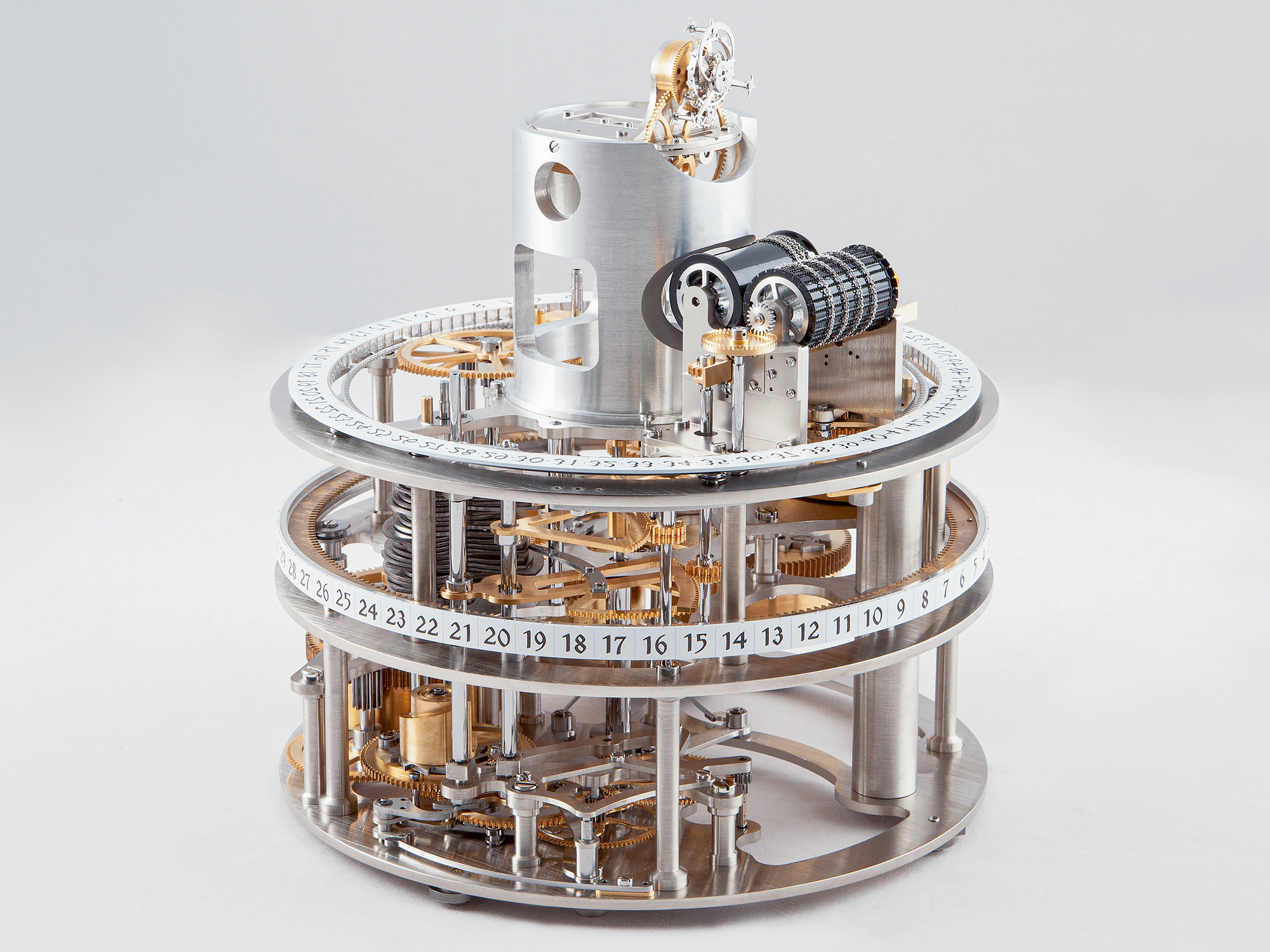
Это только несколько примеров, можно продолжить этот список усложнений, изобретённых мастером и никогда ранее не появлявшихся в часах. В настоящий момент Чайкин обладает 94 патентами – найдите мне другого часовщика, столь плодотворного в изобретательстве. (Подсказка – таких не существует).
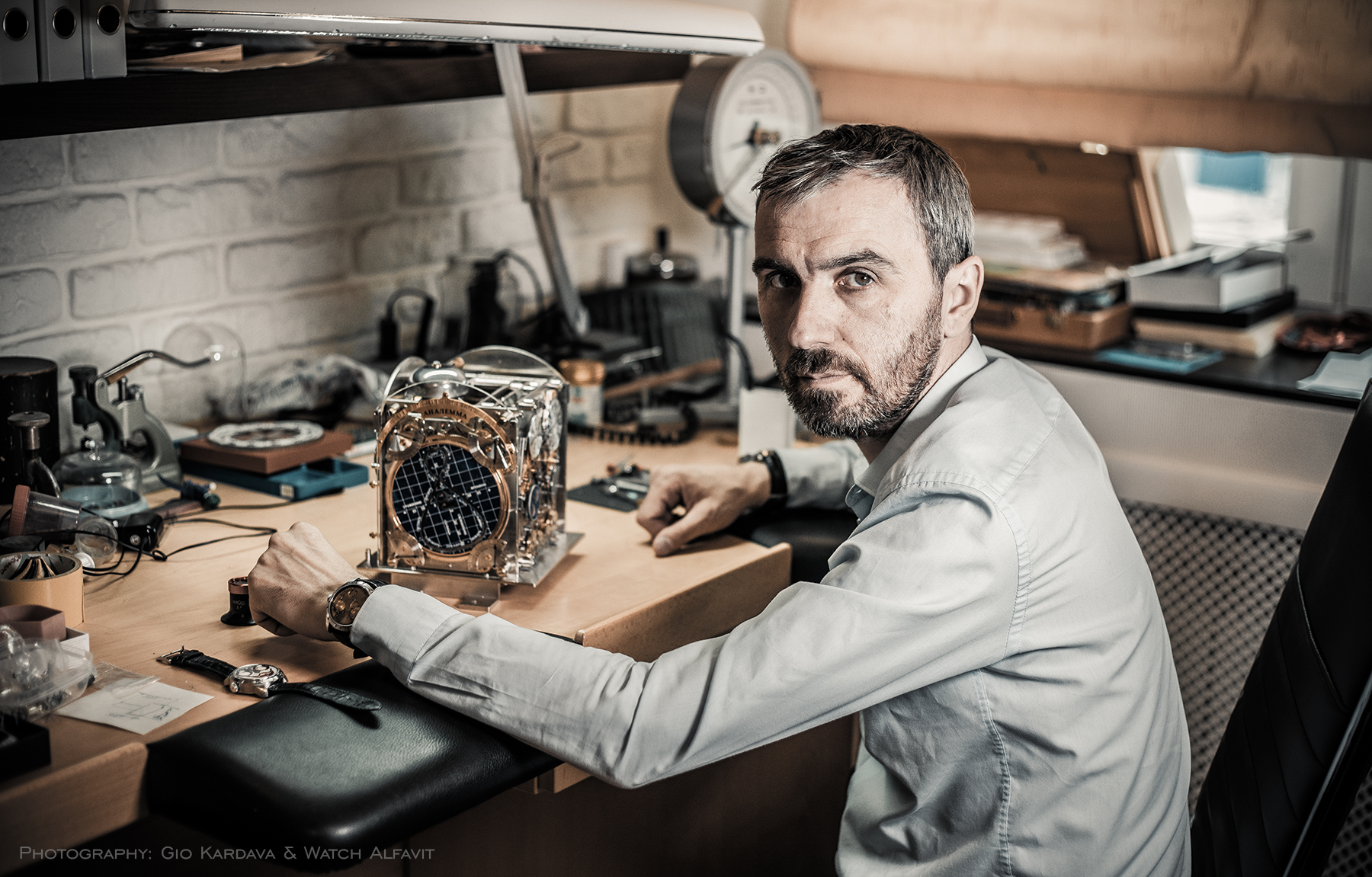
Константин Чайкин иногда напоминает мне фокусника в современном часовом деле, у которого в рукаве всегда найдётся ещё один туз. Или джокер? 29 июня на сайте Only Watch появилась информация о его новой разработке, часах «Звездочет» – это суперсложный ристмон, самые сложные наручные часы Чайкина. Более того, это, пожалуй, самые сложные часы из всего, что представлено на этом аукционе, как по числу деталей, так и по числу усложнений.
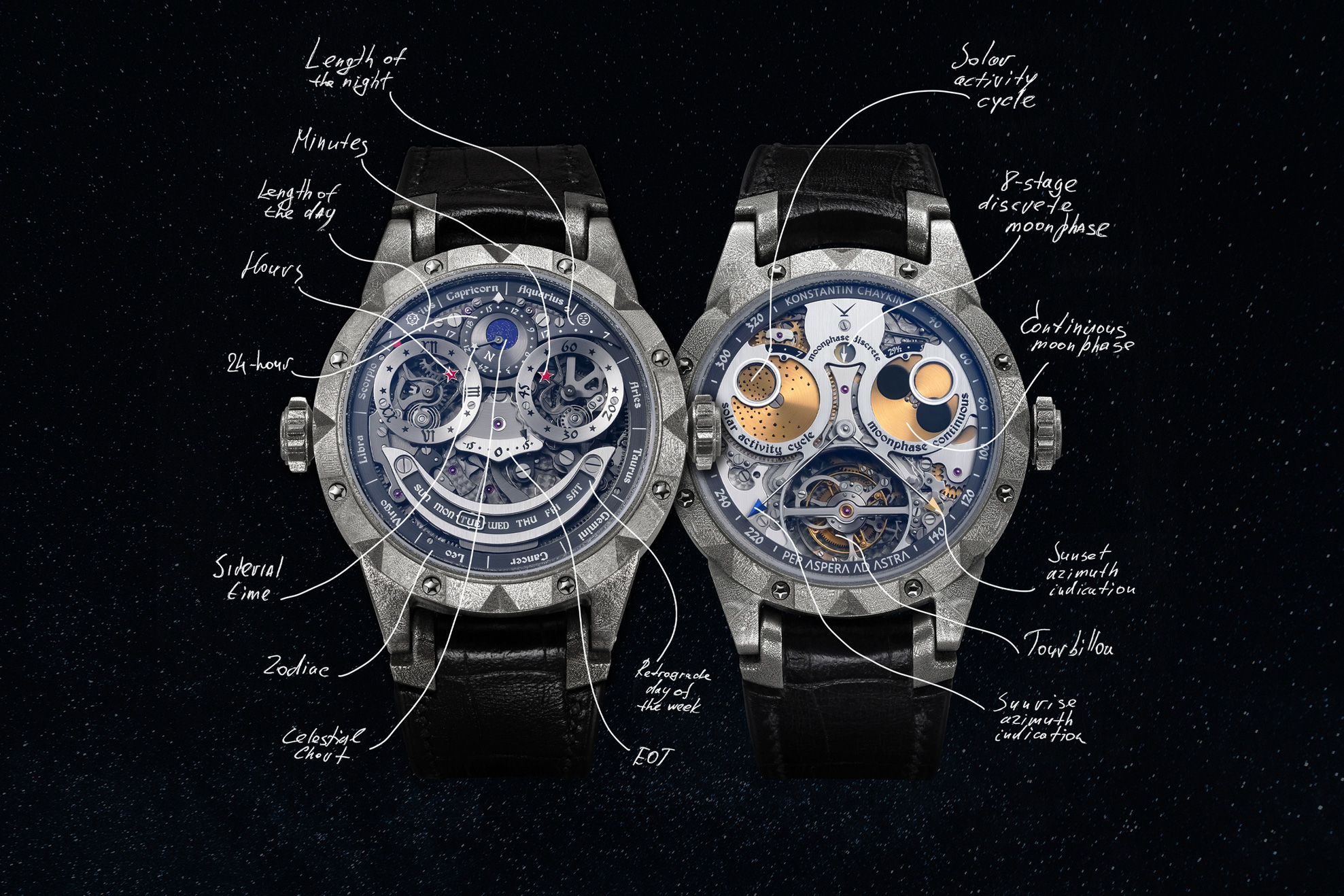
Необходимый дисклеймер: Patek Philippe ещё не раскрыл, какие часы выставит на этот аукцион, однако, судя по тизеру, речь идёт о любимых часах Филиппа Стерна, то есть о вечном календаре, и вряд ли Patek Philippe второй раз выставит свой Grandmaster Chime.
Добавлю ещё пять центов: для «Звездочёта» Чайкин нашёл ещё два беспрецедентных астрономических усложнения. Представляете, ещё не всё открыто в этом самом древнем направлении часового дела. Поэтому я решил задать Константину несколько вопросов на тему сложной часовой механики, поскольку в свете всего изложенного меня очень интересует вопрос: как мыслит этот человек, что творится в его голове? Так как окончательный продукт, его часы, как очень сложные, так и не очень сложные, нам прекрасно известны.
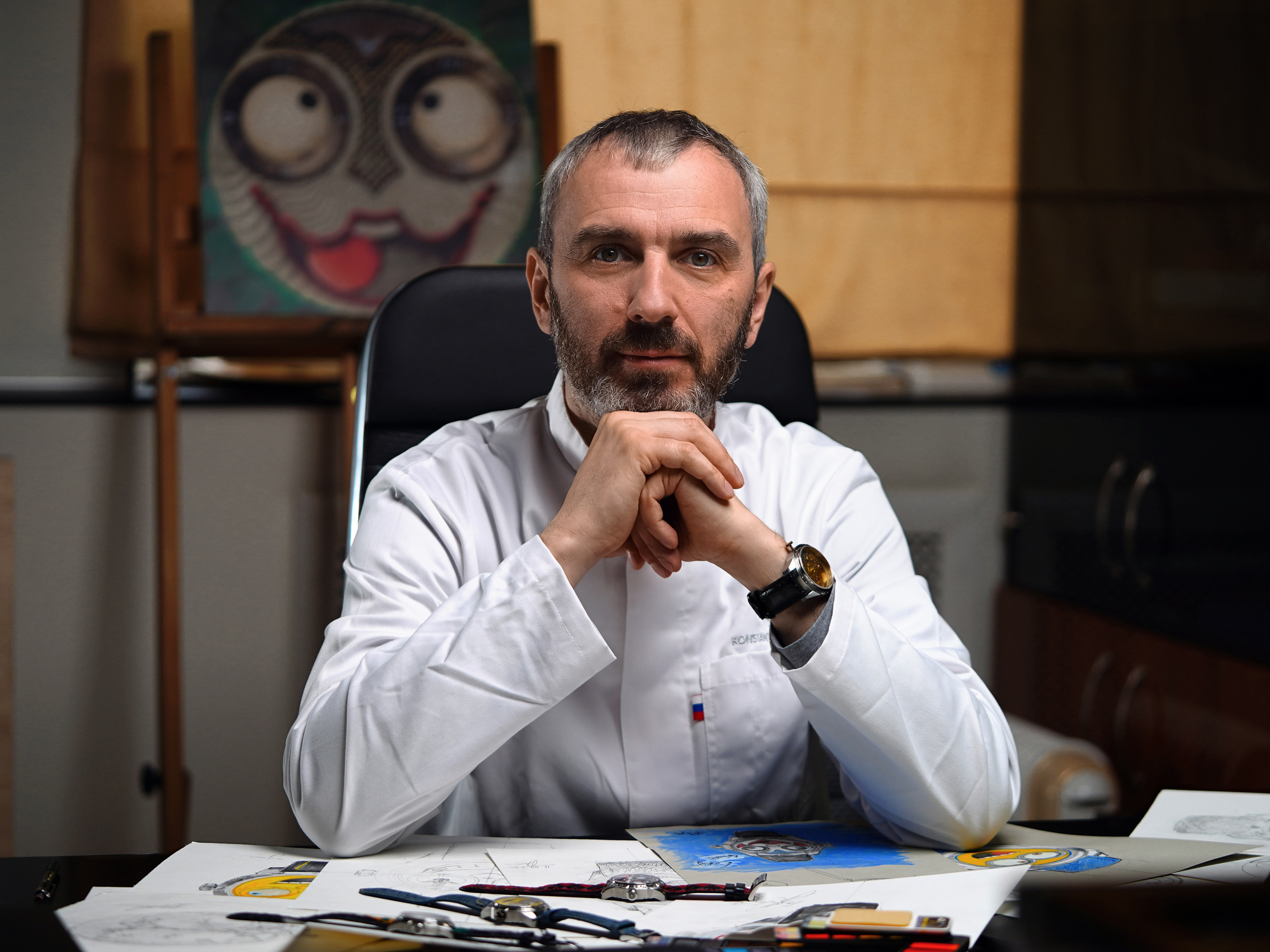
– Константин, вы в своих коммуникациях много раз подчёркивали, что самым главным в создании новых часов для вас является концепция – философская, дизайнерская или техническая. Что насчёт разработки усложнений?
– Всякий раз я запускаю проект, только когда у меня возникает чёткая концепция, которая действительно может быть далека от непосредственно часового дела. Это, как правило, могут быть какие-то ассоциации: культурные, философские, дизайнерские, художественные. Всё это действует и по отношению к тому проекту, который вы упомянули. Пока что я воздерживаюсь от того, чтобы раскрывать полную информацию, поскольку проект ещё официально не запущен. Подождите, скоро всё узнаете.
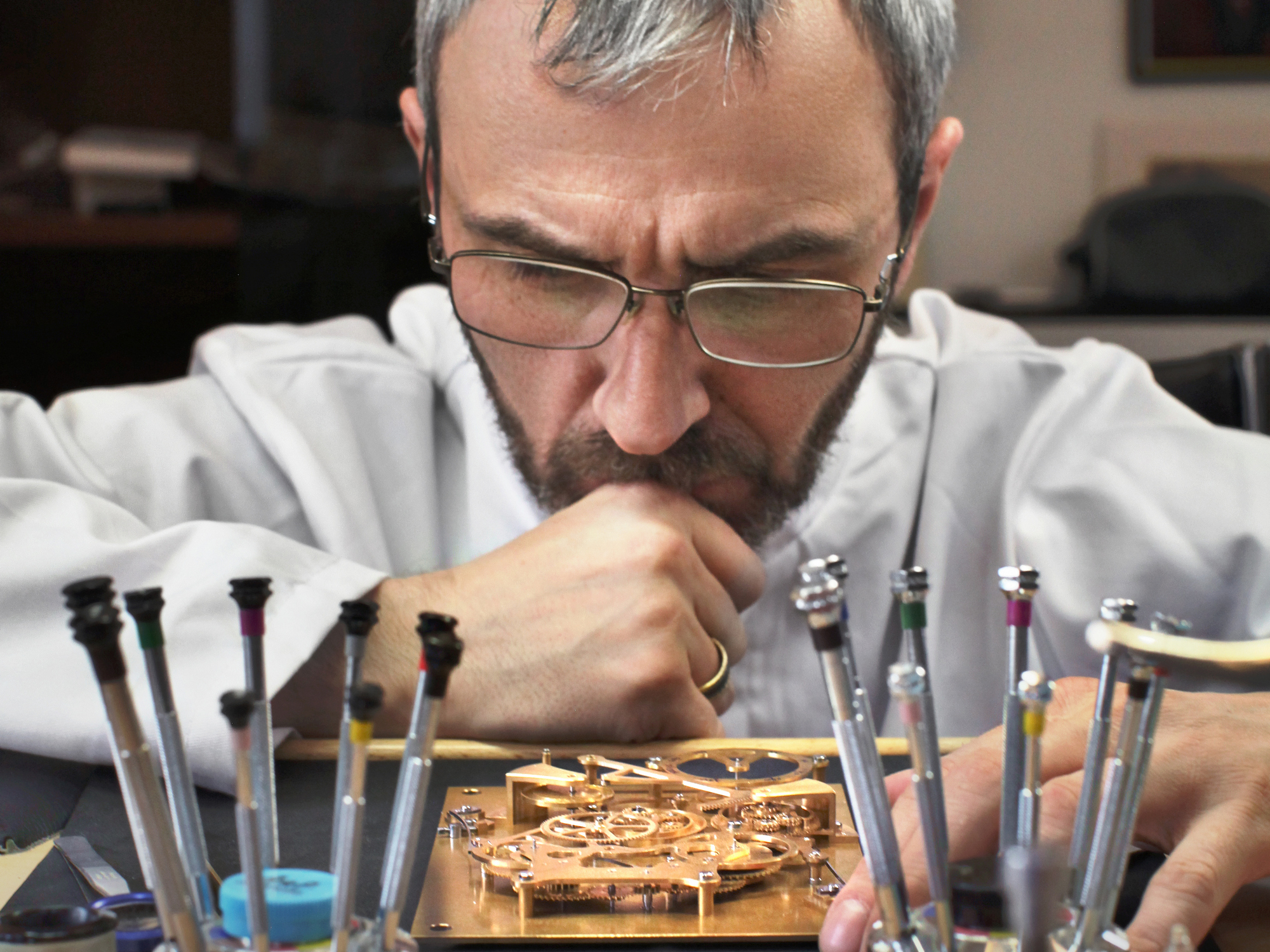
Я бы хотел поговорить о другом аспекте часового дела, о котором я много размышлял в процессе разработки и изготовления. Представьте наручные часы «Звездочет», выполненные в дизайне моей коллекции ристмонов, с 16 усложнениями и калибром, собранным из 664 деталей – по всем параметрам это сверхсложные часы. Так вот, в процессе разработки этого проекта мне не раз приходили мысли о философской интерпретации усложнений в часовом деле.

Из чего исходит часовщик, когда он только приступает к изготовлению часов? Не только часы, но и вообще всё, что создаётся разумным существом в этой вселенной, требует четырёх составляющих: это материя, энергия, время и информация. Эта мысль представляется мне в самом прямом смысле философской и основополагающей. Разумеется, я не философ по образованию, и не думаю, что открою что-то новое в философии, однако, я искал аналоги у мыслителей, но безуспешно. Надеюсь, читатели вашего сайта помогут мне в этом.
 Процесс создания часов, как правило, начинается с исходного материала – металлов, сплавов, композитов, синтетического сапфира – это первая компонента, материя. Впоследствии в дело вступают остальные составляющие. Во-первых, это энергия, впрочем, сравнительно скромная в сопоставлении с другими видами созидательной человеческой деятельности. Во-вторых, это время, затрачиваемое в нашем случае в огромном количестве, так как часы быстро не делаются. И наконец, информация, четвёртый основополагающий фактор: при создании часов задействуется масса уникальной информации, накопленной как самим часовщиком, так и всей индустрией в целом.
Процесс создания часов, как правило, начинается с исходного материала – металлов, сплавов, композитов, синтетического сапфира – это первая компонента, материя. Впоследствии в дело вступают остальные составляющие. Во-первых, это энергия, впрочем, сравнительно скромная в сопоставлении с другими видами созидательной человеческой деятельности. Во-вторых, это время, затрачиваемое в нашем случае в огромном количестве, так как часы быстро не делаются. И наконец, информация, четвёртый основополагающий фактор: при создании часов задействуется масса уникальной информации, накопленной как самим часовщиком, так и всей индустрией в целом.

Поэтому, когда мы говорим о факторе информации, мы обязательно должны учитывать колоссальный накопленный опыт. Например, над часами «Московская Пасхалия» я непосредственно работал в течение всего двух лет, но если не был бы задействован мой уже имевшийся к тому моменту обширных опыт разработки и изготовления сверхсложных пасхальных астрономических часов, фактически сделать часы «Московская Пасхалия» с нуля за два года было бы абсолютно невозможно, поскольку базовой составляющей являются мои многочисленные предыдущие наработки.
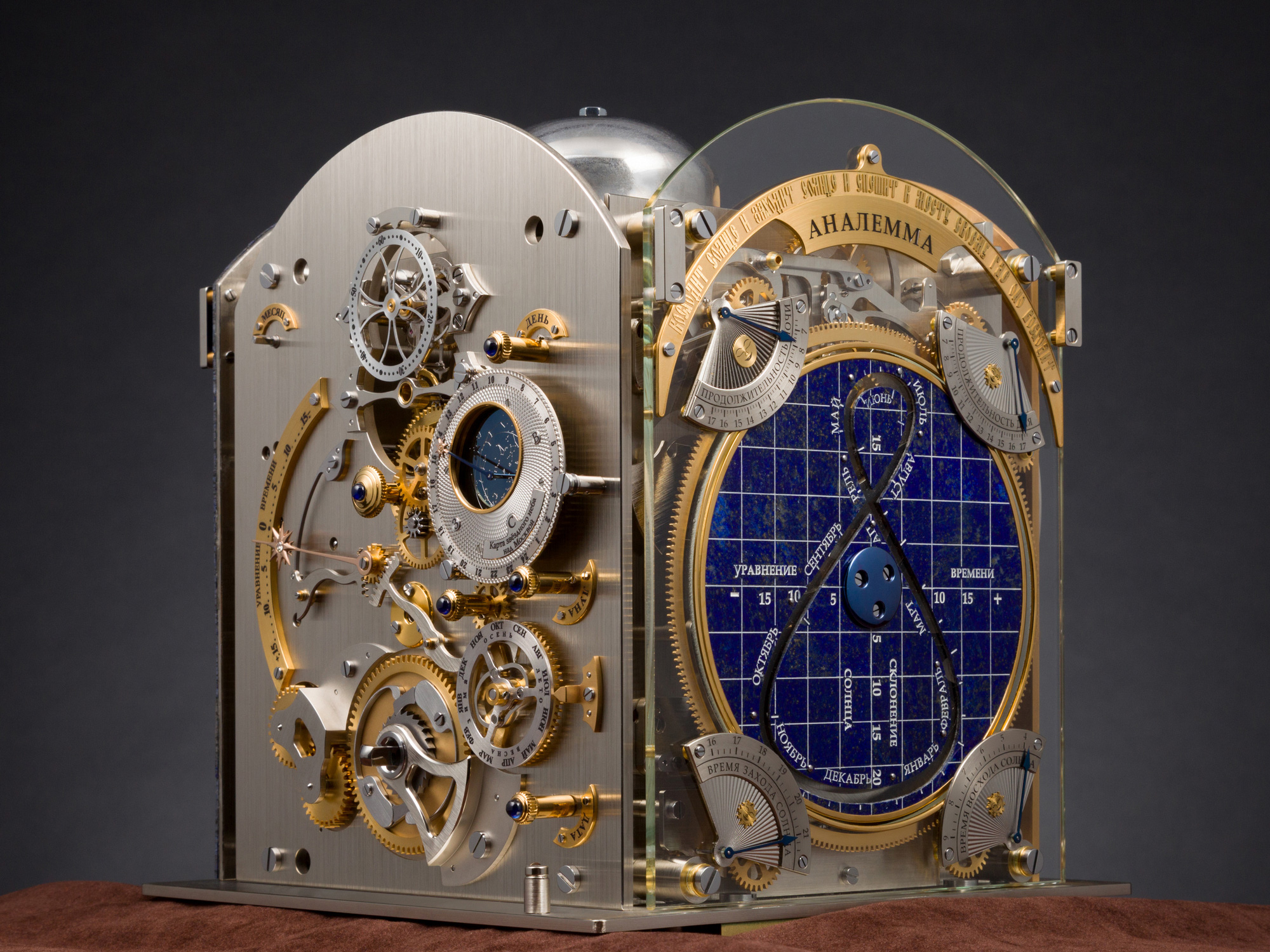
– Очень интересно. Честно говоря, мне никогда не доводилось встречаться с такой интерпретацией часового дела. В чём тогда особенность очень сложных часов?
– Мы говорим об очень сложном механизме, который обладает усложнениями, число которых значительно превышает три–пять, может быть, шесть стандартных функций простых часов. На первый взгляд, в производстве очень сложных часов в принципе всё то же самое, что в производстве простых часов. Кто-нибудь скажет: больше деталей, и всё. Однако исходя из своего 20-летнего опыта независимого часовщика, я могу отметить, что сложность накапливается лавинообразно, тогда как главным фактором в разработке становится информация, которой владеет часовщик.

Здесь начинается самое интересное. Существует физическая и, как я полагаю, также философская концепция энтропии, меры беспорядка. Энтропия – одна из основополагающих концепций в физике – вплоть до масштабов вселенной. Также считается, что информация – это концепция, являющаяся противоположностью энтропии. Когда из беспорядочной материи, а именно набора простых исходных материалов создаётся высокоупорядоченный часовой механизм, обладающий многочисленными дополнительными функциями, здесь явно возникает что-то противоположное хаосу, беспорядку, то есть энтропии. Я полагаю, часовая механика как упорядоченная сущность является материальным воплощением информации, то есть тех знаний, опыта, которые накоплены часовщиком. В целом, не только конкретным часовщиком, но и всеми представителями этой профессии за столетия. Современные часовщики, которые в своей работе обязательно так или иначе пользуются этим достоянием, вместе с тем продолжают приумножать его, когда создают, изобретают, придумывают новое.

Но энтропия не сдаётся! Добавление любого последующего усложнения в механизм повышает сложность проекта сразу на порядок. Воздействие нового усложнения разнопланово, это далеко выходит за рамки тех нескольких новых деталей, которые предстоит изготовить и установить. Обязательно требуется интегрировать новый механизм в уже сложившийся калибр. То есть нужно найти для этого пространство, которое ограничено внутренним объёмом корпуса часов.

Необходимо постоянно заново пересчитывать потоки энергии – в усложнённом механизме все функциональные модули – как новый, так и уже существующие – должны получать достаточно энергии. Требуется пересмотреть дизайн, так как встраивание новых индикаторов не должно вызывать помехи прежним дисплеям, и не ухудшать читабельности циферблата в целом. Нельзя упускать из виду эстетику – внешний вид часов должен оставаться гармоничным.

Появление новых деталей при усложнении механизма сразу влияет на все другие части системы – интеграция требует тщательного анализа, чтобы не было неучтённого вредного взаимодействия с другими деталями и модулями. Эта интеграция включает не только взаимодействие конкретных деталей, но и взаимодействие усложнений. В качестве примера скажу о всего лишь одной показательной проблеме из множества возникающих в таких ситуациях: как повлияет остановка сплит-стрелки на переключение вечного календаря, когда эти два процесса совпадут по времени? И наоборот.

Всё это приводит к лавинообразному нарастанию сложности осуществления проекта. Мне это напоминает известную притчу о вознаграждении изобретателя шахмат. Помните? Раджа согласился вознаградить изобретателя, попросившего дать ему одно зёрнышко на первой клетке шахматной доски, два на второй, четыре на третьей и так далее. Казалось бы, очень скромное вознаграждение при подсчёте каждой последующей клетки в какой-то момент – при приближении к последней, 64-й клетке – начинает превосходить все разумные пределы. Так и в случае сверхсложных часов – с каждым новым усложнением трудности не складываются, но умножаются.
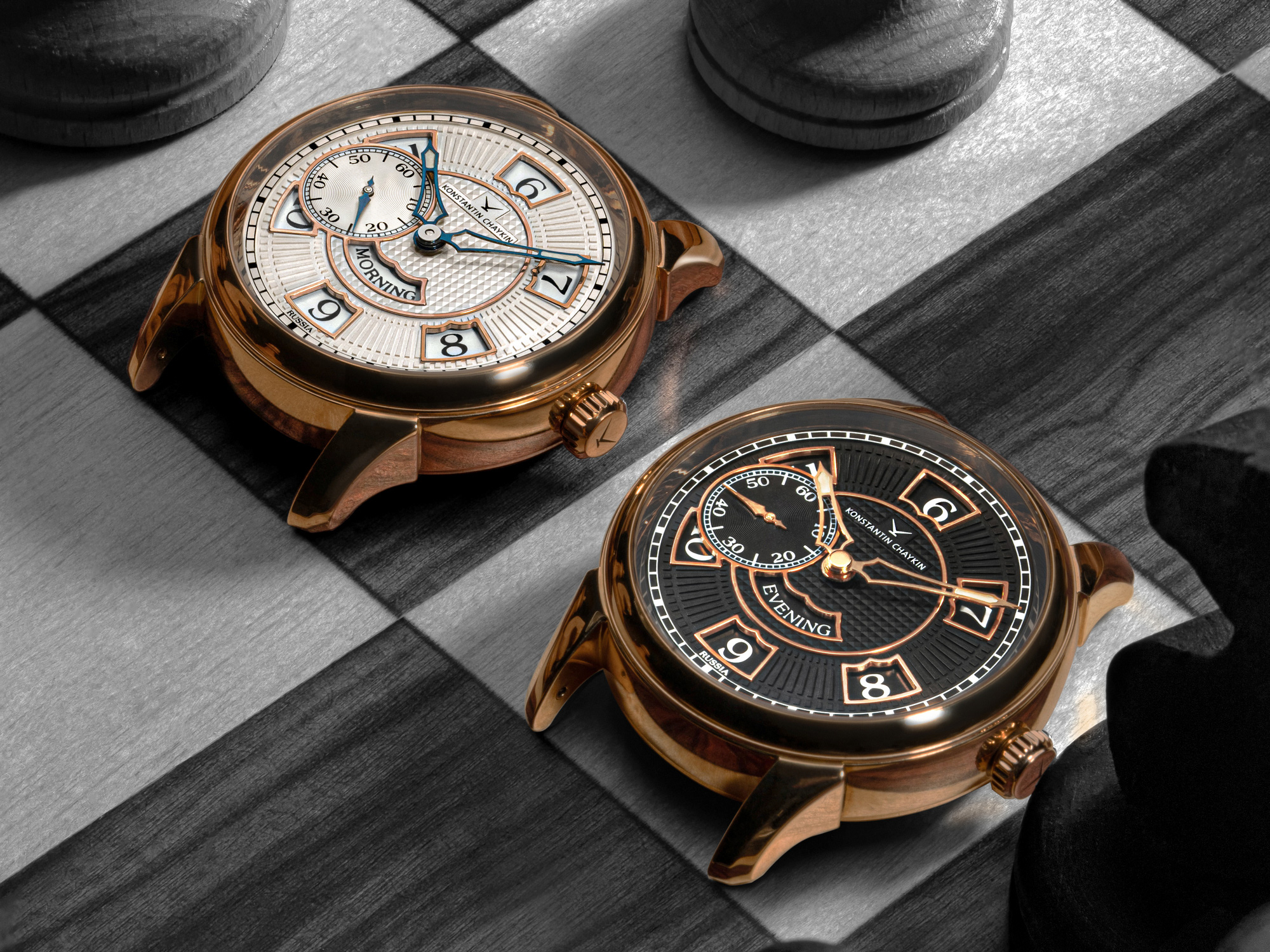
Помимо того, следует отметить ещё одни факт. Вы найдёте очень мало сверхсложных часов, обладающих новыми, беспрецедентными усложнениями. Гораздо проще работать с существующими усложнениями и классическими сочетаниями функций, испытанными и обкатанными многими поколениями часовщиков в течение столетий, тогда как новые, беспрецедентные усложнения – для часовщика это терра инкогнита.
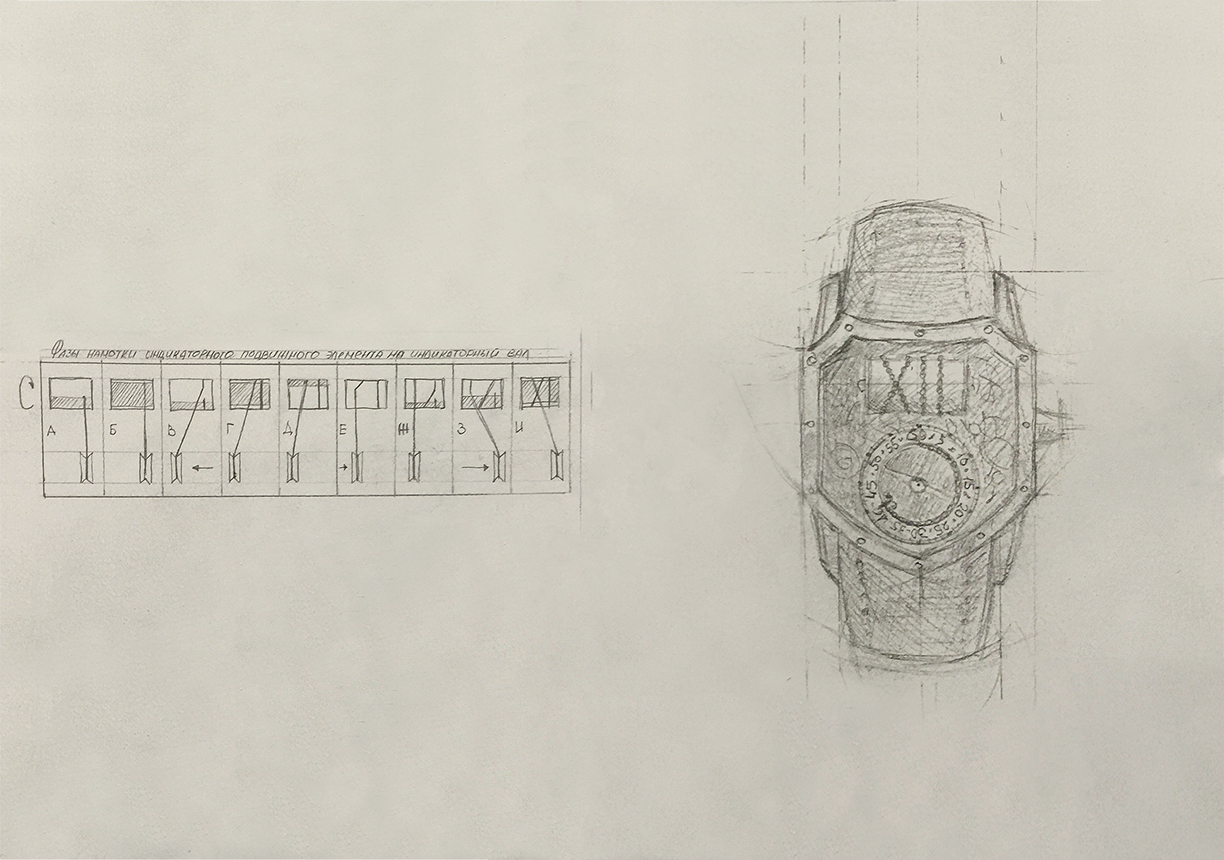
Если собрать информацию о сверхсложных наручных часах, то в этом списке будет очень ограниченный круг именитых брендов. Лишь им посильна разработка таких часов, во многом благодаря накопленному ими опыту многих поколений часовщиков. Есть усложнения, которые практикуются некоторыми брендами в течение столетия и даже более! Разумеется, современные технологии проектирования часов делают работу часовщика намного проще, чем, например, в 19 или 20 веке – до конца 1980-х, так как были запущены компьютерные системы проектирования. Тем не менее, весь процесс строится из проектирования отдельных модулей, которые были разработаны ранее либо самим часовщиком, либо так или иначе им получены.

Если речь идёт о новом усложнении, то оно обязательно тестируется в отдельном макете, который производится в увеличенном масштабе с использованием 3D-печати – мы делаем в масштабе 10:1, а также в натуральном масштабе в виде отдельного макета – прототипа, на нём снова происходит проверка функционирования. И весь этот софт, все правильно организованные стадии разработки и производства всё же не являются гарантией, что часы будут функционировать без проблем. Более того, такие ситуации встречаются постоянно, они часть рабочего процесса проектирования.

– Расскажите, пожалуйста, о проблемах такого рода из вашей практики.
– Значительные проблемы возникают, когда пытаешься встроить новую функцию, а места для неё нет. Приходится либо перестраивать весь калибр, либо раздвигать отдельные элементы, чтобы найти место. В этой связи мне вспоминаются часы «Марсианский Турбийон», созданные для Only Watch 2021.

Если помните, в этих часах вообще нет ничего стандартного, там все усложнения «впервые в мире» – турбийон, действующий в темпе вращения Марса, часы и минуты марсианского времени, марсианский календарь с совмещённой индикацией дней недели и даты. Поэтому работа была крайне напряжённой, трудной, поскольку приходилось проходить всё впервые.
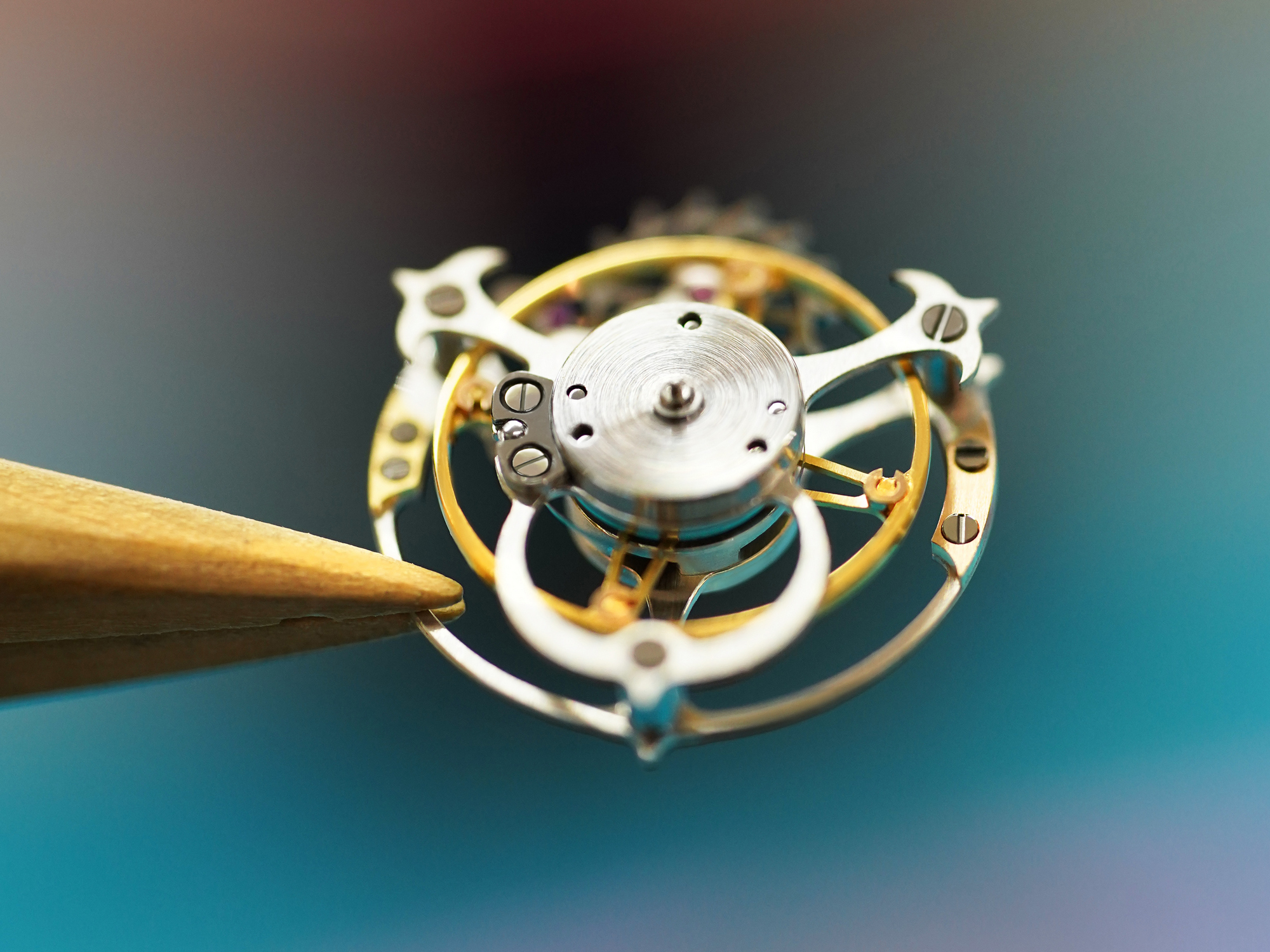
Пожалуй, наименьшие трудности составил турбийон – хотя он работал на нестандартной частоте, из-за чего пришлось тщательно составить пару баланс-спираль, но в остальном он более-менее обычный. Для турбийона, конечно. И всё же именно турбийон преподнёс мне самый неприятный сюрприз. Заранее поймать такой казус было трудно, он остался незамеченным в компьютерном динамическом тестировании, и обнаружился если не в последний момент, то почти. Механизм был готов, и я проводил дежурные испытания.
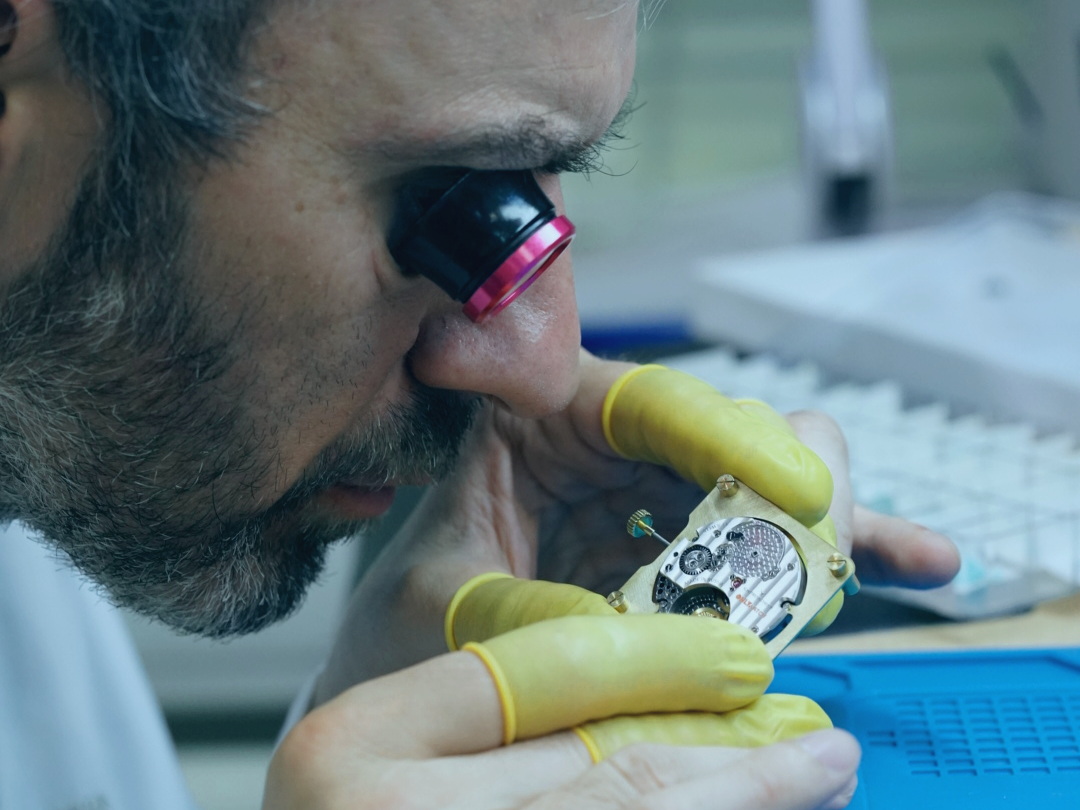
Помню, когда работа над механизмом в целом была завершена, я установил в него каретку турбийона, завёл механизм и ушёл из мастерской, оставив его на ночь. Когда утром вернулся, смотрю, механизм остановился. В чём дело? Оказалось, что при определённом угле поворота каретки и также при определённом угле поворота анкерного колеса его зубец останавливается на выступе моста промежуточного колеса. В результате пришлось изменять форму моста.
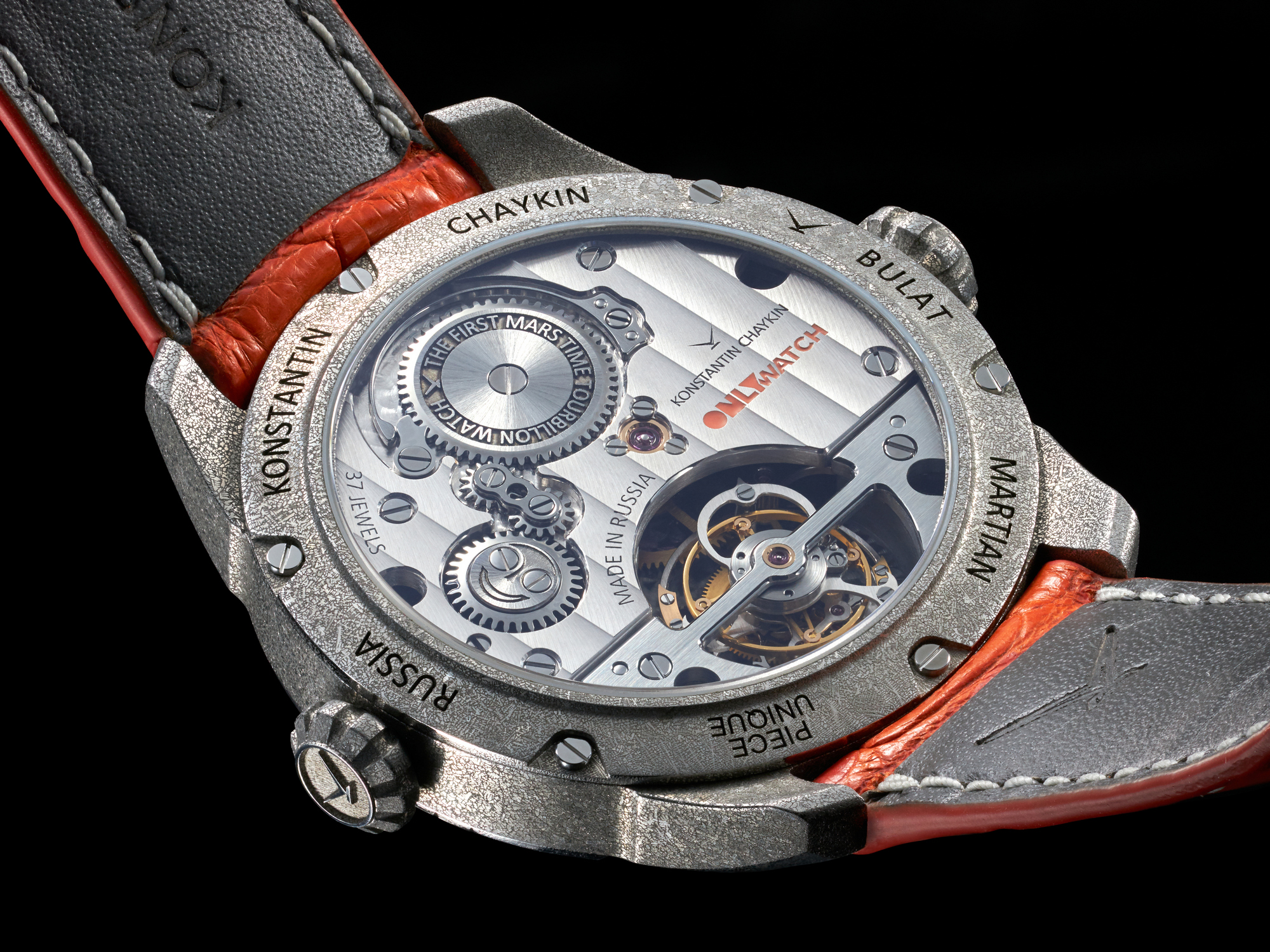
– Был ли гладким процесс разработки «Звездочёта»?
– Что касается нового ристмона для Only Watch, увеличение сложности происходило не просто для того, чтобы встроить новые индикаторы, но расположить их в заранее продуманных позициях, сохраняя антропоморфный стиль циферблата – это был сложный вызов.

Должен сказать, путь проекта «Звездочёт» к реализации был непростым, запутанным. Когда я продумывал, какими могут быть новые часы для Only Watch 2023, я решил, что на этот раз попробую себя в жанре сверхсложных часов. Как легко понять, было великое множество вариантов. Сначала было намерение сделать невероятно сложные часы с огромным числом усложнений, наверное, вдвое против того, что в результате есть у «Звездочёта». Однако я понял, что такой проект неосуществим, так как чисто физически не хватит времени. Я свёл число функций до набора, который я успевал бы реализовать к дате этого аукциона, и в итоге понял, что придуманное ранее наименование проекта – что-то вроде «Король часового дела» – уже не годится.

Я начал искать новое название и, поскольку почти все запланированные мною усложнения были астрономическими, я понял, что совершенно логичным вариантом смотрелось бы название «Звездочёт». Астрономические функции в часах «Звездочёт» – это очень правильно, – подумал я тогда, но должны же быть звёзды! Конечно, я включил в дизайн звёзды, которые поставил на оба ободка и оба циферблата – кстати, предлагаю квест читателям вашего сайта: станьте звездочётом, посчитайте, сколько в «Звездочёте» всего звёзд? Но только звёзд в дизайне было для меня мало, мне нужны были функции, связанные со звёздами. Казалось бы, ответ очевиден – планисфера, карта звёздного неба, однако, для большой подробной карты на циферблатах этого ристмона абсолютно не было места, и я решил поставить очень маленький дисплей с звёздной картой.
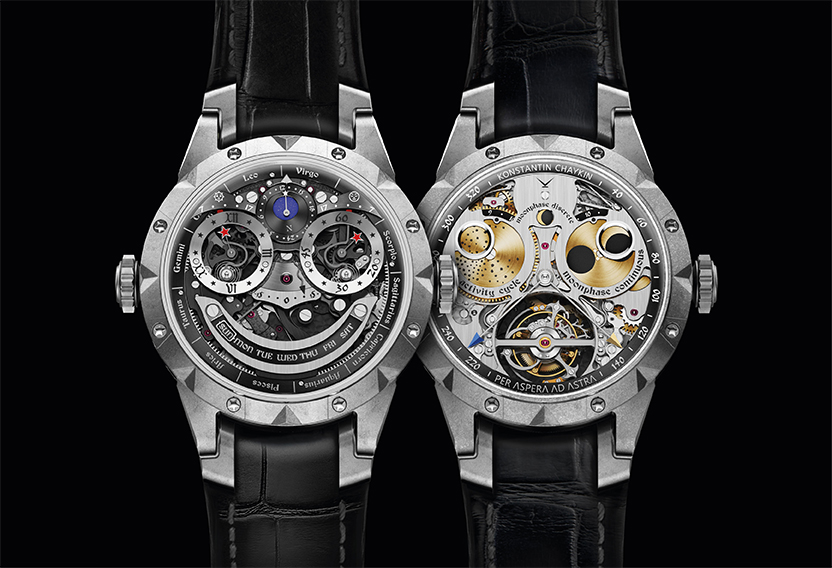
Предлагаю воспринимать это как специфический часовой юмор – самая маленькая звёздная карта, когда-либо появлявшаяся в часах. Полагаю, что это так, хотя этот факт крайне трудно проверить. Есть и продолжение этой шутки: на антропоморфном циферблате планисфера поставлена на лоб, то есть это своего рода третье око «Звездочёта». Представьте, он наблюдает за звёздами своим внутренним, астральным взором.
Источник: WatchPro.
